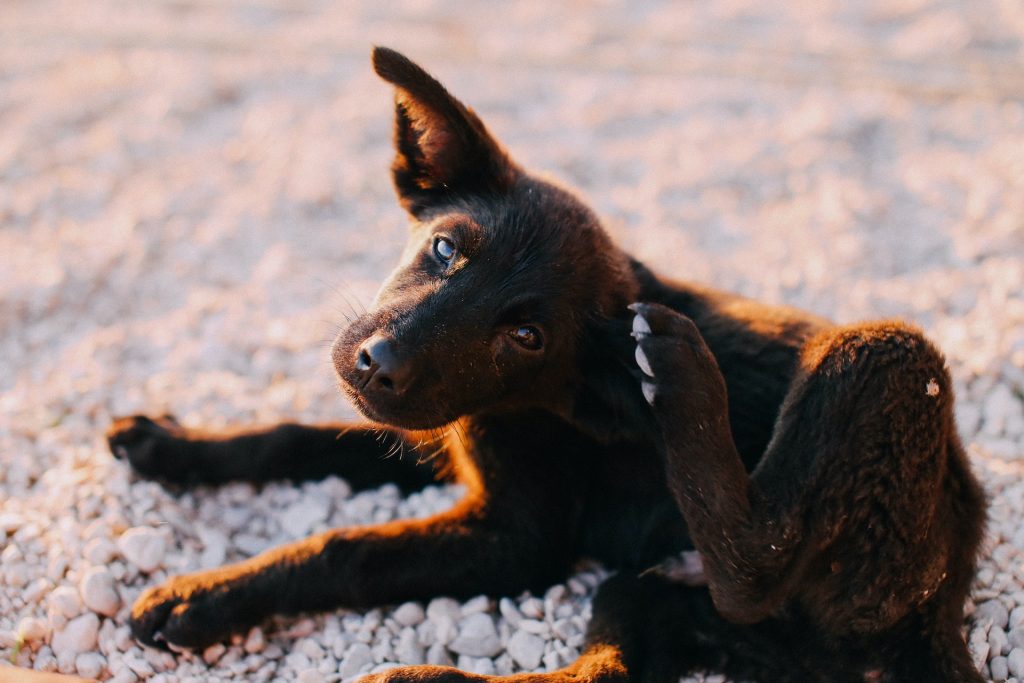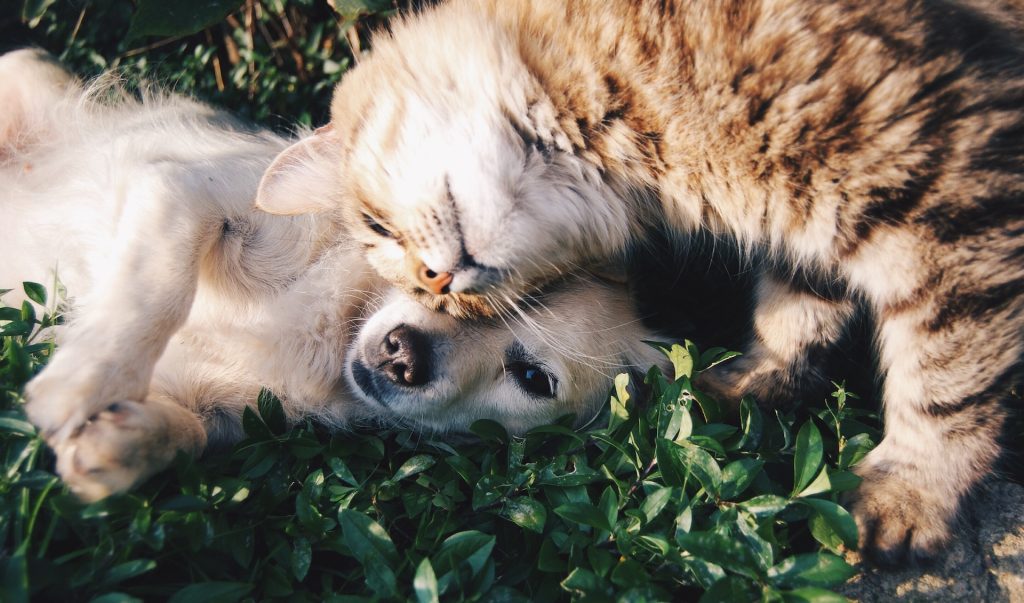
Horses require special care during the winter months to ensure their health and well-being. Here are some tips for taking care of horses in the winter:
- Keep them warm and dry: Horses can tolerate cold temperatures as long as they are dry and have access to shelter. Make sure your horses have a warm, dry place to sleep and take breaks from the cold. If your horses are turned out in a pasture, consider providing a three-sided shelter for them to use.
- Protect their hooves: Snow and ice can be tough on horses’ hooves, so it’s important to keep them trimmed and in good condition. If your horses are turned out in a pasture, consider using hoof boots to protect their hooves from the elements.
- Make sure they have access to fresh water: Water is essential for horses, and they can easily become dehydrated in the winter due to the cold, dry air. Make sure your horses have access to fresh, clean water at all times. If your water source freezes, consider using a heated water bucket or bringing your horses in to water them.
- Feed them properly: It’s important to provide your horses with adequate nutrition during the winter months to help them stay warm and maintain their body weight. Consider increasing the amount of hay you feed your horses, or adding a high-quality grain to their diet to provide them with extra calories.
- Check for frostbite: Frostbite can be a concern for horses in the winter, especially on their ears, nose, and lower legs. Be sure to check your horses regularly for signs of frostbite, such as pale or white skin, and take steps to protect them from the cold if necessary.
- Keep your horses moving: Exercise is important for horses’ overall health and well-being, and it can help keep them warm in the winter. If the weather is too cold or icy to ride, consider letting your horses out to play in a round pen or offering them other forms of exercise, such as long walks or hand-walking.
By following these tips, you can help ensure your horses stay healthy and happy during the cold winter months.






 There is a common belief that cats do not show the same level of affection towards their owners as dogs do, and therefore do not “love” their owners as much. However, this is not necessarily true. Cats and dogs express love and affection in different ways, so it is not accurate to compare the two.
There is a common belief that cats do not show the same level of affection towards their owners as dogs do, and therefore do not “love” their owners as much. However, this is not necessarily true. Cats and dogs express love and affection in different ways, so it is not accurate to compare the two.









